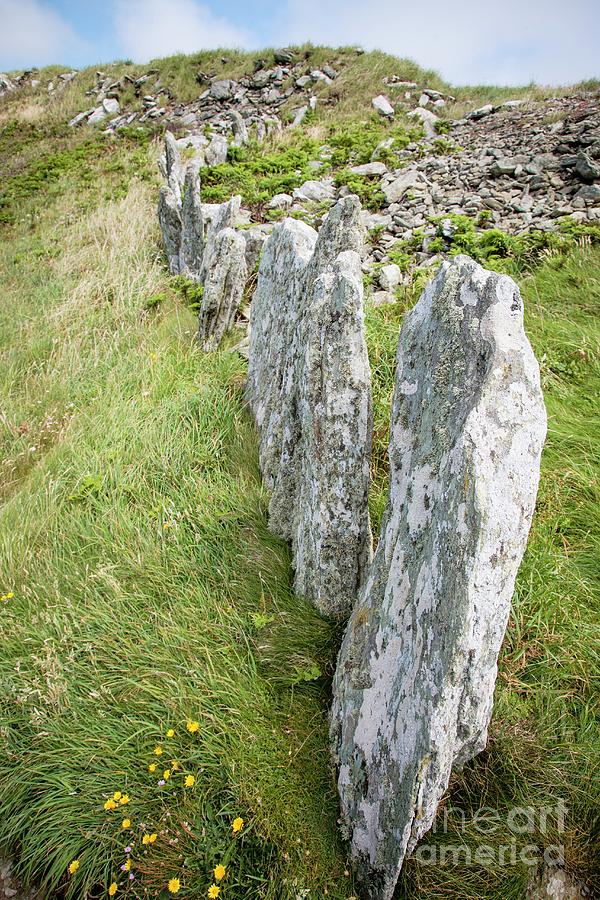

(NB These sums are in pounds, shillings and pence) The bill for supplying the boundary stones was supplied two weeks after the cemetery had been opened, and reads as follows: Perhaps the sextons overseeing the cemetery ran a length of string from the stone marking one end of the boundary line to that at the other whenever a grave was to be located near the boundary.

How precisely the boundary lines between these stone were adhered to is a matter of speculation. P.’ = St Clement’s Parish and St Andrew the Less Parish) if it is a free-standing stone beside a path or in open grass. P.’) if it is a wall stone, or two of its opposite faces, (e.g. Each stone has an inscription on either its single face (e.g. Two needed a stone at only one end.ġ4 lines, 14 x 2 = 28, minus 2 = 26. Of the 14 lines that remained, 12 were marked by a stone at either end bearing identical inscriptions. They disregarded all lines running along walls and (with one exception) the central path, and any other lines running north-south. However, the designers of the cemetery devised a clever way of marking out the parishes that required only 14 of those boundary lines. The boundary lines between adjacent parishes are all straight, so each boundary (with two exceptions) is marked by a boundary stone at either end.ġ3 parishes, 13 x 4 = 52 boundary lines. Here's a couple of the stones around Defence Lot #4, the area that used to be known as ‘Queen’s Lines’, and is now called ‘Ching Yi To Barracks’.Boundary stones mark the divisions between the 13 parish areas of the cemetery. a stone marking a boundary, sometimes giving information such as the initials of the local authority in whose jurisdiction the boundary is. Each stone shows the number of the Lot whose boundary they mark, so all stones around one Lot show the same number. The new stones use a different numbering system. I'm not sure exactly when the change happened, but it was likely during or after 1964, the year that the Admiralty, War Office and Air Ministry merged to become the Ministry of Defence. The modern equivalent of the old boundary stones described above is the Defence Lot Boundary Stone. When I looked, one of those has already disappeared, leaving just three still standing. In total I counted 118 stones marked on the map! Originally I thought I knew of four remaining. In line with the expansion of the China Station, the Royal Navy had also acquired North and Wellington Barracks (north of Queensway) from the Army.Īlthough stones #1.16 don't appear on the map above, it's clear that there were a large number of stones. The Stone represented the boundary of the enlarged Royal Naval Dockyard in 1910. The Naval stone shown above also has a date, 1910. The last section of the boundary ran downhill again til it reached #43, and back to the starting stone, #17. From there they were numbered in an anti-clockwise direction along Queen's Road (today's Queensway), around the old parade ground, up Garden Road and Boundary Path to Kennedy Road, past #37, then along Kennedy Road until it reached the hillside above Monmouth Path. The lowest numbered stone along this boundary was #17, at the bottom of Monmouth Path in Wanchai. eg WD stone #37 is still at, or very near to its original location, and was part of the boundary around the barracks area where Hong Kong Park and Pacific Place are today. A map of the 'Cantonment of Victoria' shows us that the stones were numbered in sequence along each boundary. I'm not sure if the flat / point difference tells us anything useful (eg the year the stone was erected?), or if they just varied by chance.Įach stone has a number. Some were flat on top, some rise to a point. Vincent: Other Boundary markers can found elsewhere in Gosport on former and current military land. Here are a few that have survived around the Forton Barracks site which later became Admiralty land when the barracks was occupied by H.M.S.

Regardless of the type of stone, the typical design is a granite block, around one foot square, with the design engraved on one side. Boundary Stones (marked as AD with a broad arrow between) surrounding St. Has anyone seen one? Perhaps around the RAF buildings in Kwun Tong? You can see the 'A M' initials on this example from the UK, but I don't know if there were / are any here in Hong Kong.


 0 kommentar(er)
0 kommentar(er)
